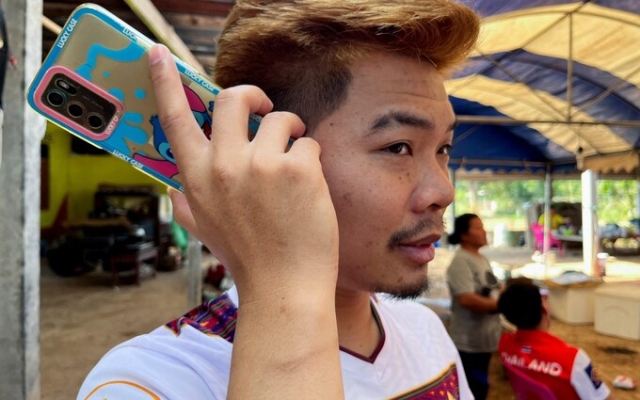 Anucha Angkaev, who was kidnapped by Hamas and spent 50 days in captivity in the Gaza Strip, talks on the phone Friday at his family home in the Don village of Pyla in Udon, Thani Province, Thailand. Photo: DEVJYOT GHOSHAL/REUTERS
Anucha Angkaev, who was kidnapped by Hamas and spent 50 days in captivity in the Gaza Strip, talks on the phone Friday at his family home in the Don village of Pyla in Udon, Thani Province, Thailand. Photo: DEVJYOT GHOSHAL/REUTERS
Israeli hostages were particularly mistreated by Hamas captors, Thai farm workers freed by the terrorist group said.
Anucha Angkaev was captured in the October 7 attacks. He is one of the few survivors of Hamas captivity to speak in detail about his ordeal.
After witnessing one of his friends being executed in front of him, he was taken to Gaza along with five their fellow countrymen.
Once inside the enclave, the Thais were handed over to a small group of men who took them to an abandoned house and tied their hands behind their backs.
There they were joined by a terrified 18-year-old. An Israeli man, Anucha, said he knew him from Kibbutz Reim, where he worked on an avocado farm. Then the beatings began.
“We shouted: “Thailand, Thailand!” — Anucha, 28, told Reuters, which helped soften the force of the blows. But the young Israeli was not spared.
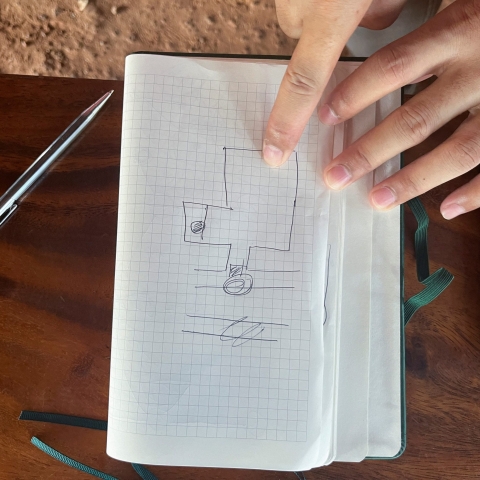 Drawing by Anucha Angkaev of the property where he was held captive in Israel. Photo: DEVJYOT GOSHAL/REUTERS
Drawing by Anucha Angkaev of the property where he was held captive in Israel. Photo: DEVJYOT GOSHAL/REUTERS
An hour later, the group was driven to a small building leading into a tunnel. According to Anucha, near the entrance they were beaten again and photographed before passing through a dark corridor into a small room.
In this windowless room, about five by five feet, lit by a light bulb, another Israeli joined the group .
The militants continued to kick and punch the captives for two days, Anucha said. . They then continued for two more days of beating the Israelis, who were hit with electric wires.
“The Israeli hostages had it even worse,” said Mani Jirachat, another Thai hostage who survived 50 days in Hamas captivity.
Their Hamas guards shouted at the Israelis while the Thai hostages were given medicine, he told German broadcaster Deutsche Welle.
The group spent their first days in captivity tied up on a plastic sheet. Only after it was established that they were Thai citizens were they released and allowed to take short walks through the tunnels every day, he said.
More than 240 people were taken hostage by Hamas as the terrorist group went on its rampage through the tunnels. southern Israel, October 7. Among them were Israelis, as well as dozens of migrant workers from a number of countries, including Thailand, the Philippines, Tanzania and Nepal.
The war going on above ground
Negotiations between Israel and Hamas, which led to a brief pause in fighting, resulted in the release of 110 hostages.
While in captivity, Anucha and others had no idea that a war was underway. above ground between Hamas and the Israeli military.
At one point, a guard left behind a pen that helped the men pass the time by marking their days in captivity, drawing tattoos and sketching a chessboard. on a plastic sheet that also served as their bed linen.
On the 35th day, a man in black arrived for inspection. Judging by the way he acted and the way the guards reacted, the hostages believed him to be a high-ranking leader.
“I didn’t think I would be released,” Anucha said.
But suddenly One day appeared guard and said, “Thailand, go home.”
Israeli hostages
Anucha and three other Thais in his group were then led through tunnels for about two hours before they arrived at a Hamas building. means. There they also discovered a group of female Israeli hostages.
Eleven hours later they were handed over to the Red Cross, which expelled them from the Gaza Strip on November 25.
“It was like I was born again.” , he said.
Anucha was not seriously injured, but several weeks after his release from captivity, the marks of the shackles still remain on his wrists.
The most difficult thing was that he became a witness on October 7. “I lost a friend before my eyes,” he said.
More than 130 people are still being held hostage, including eight Thais.
p>

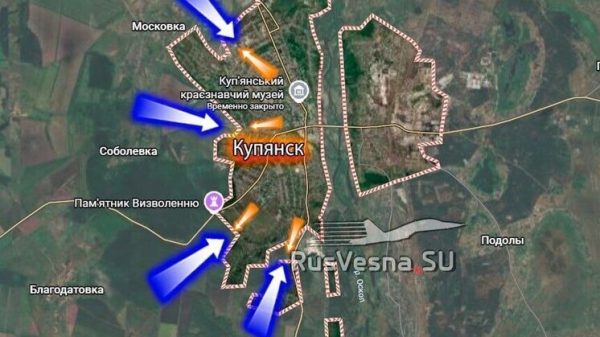
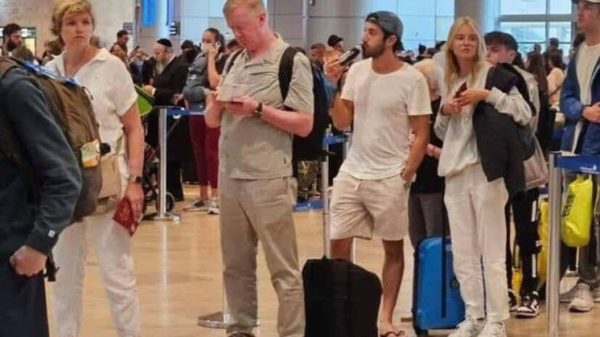

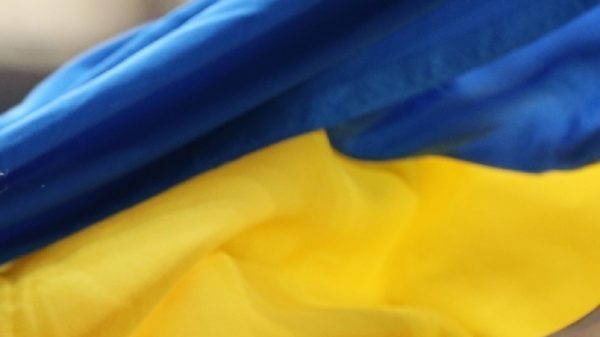



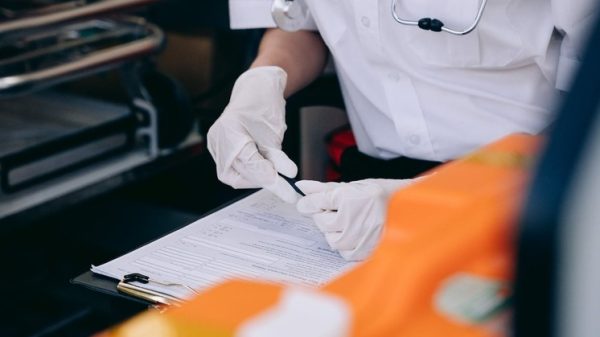
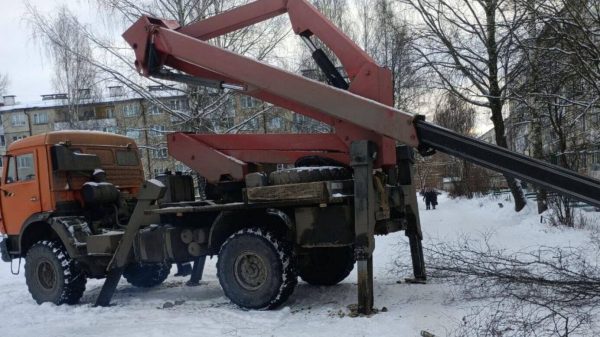

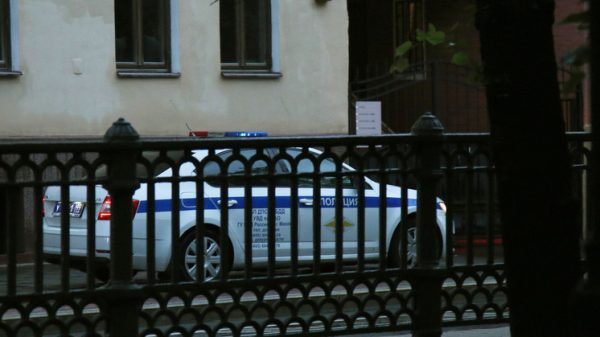

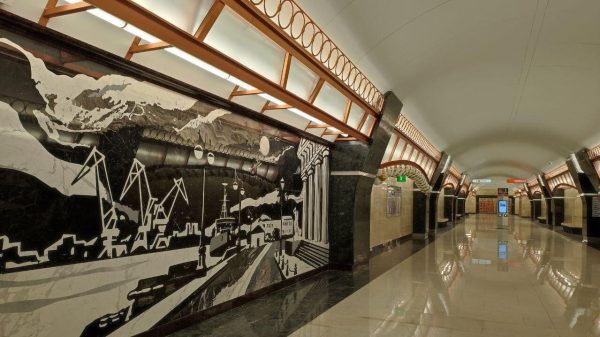

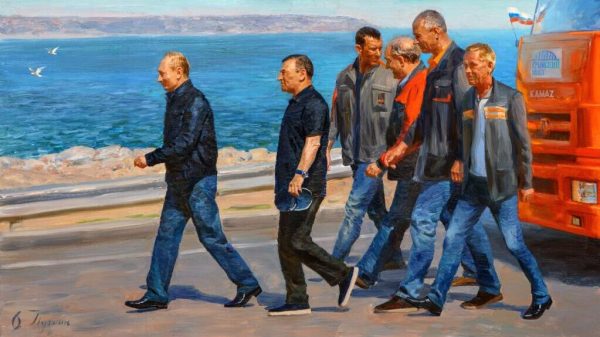






































Свежие комментарии